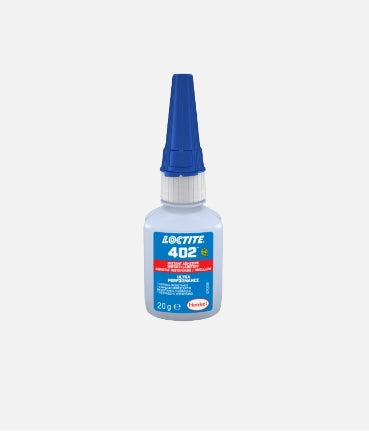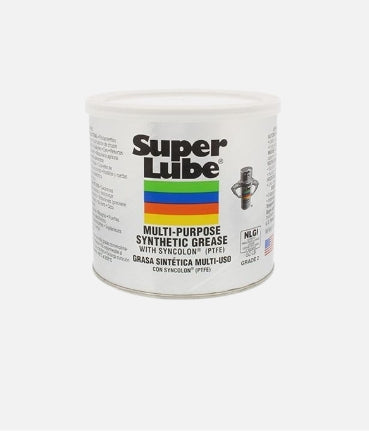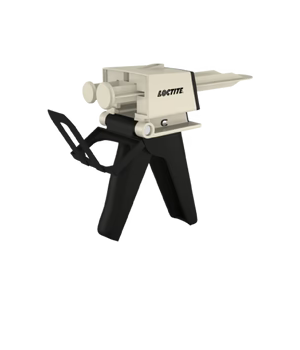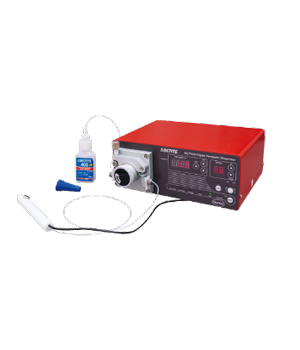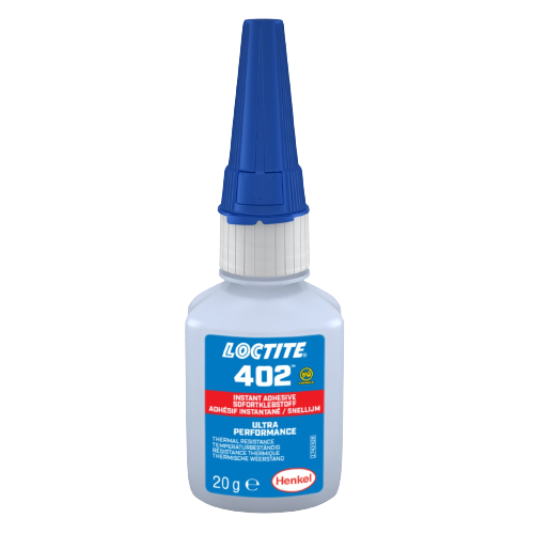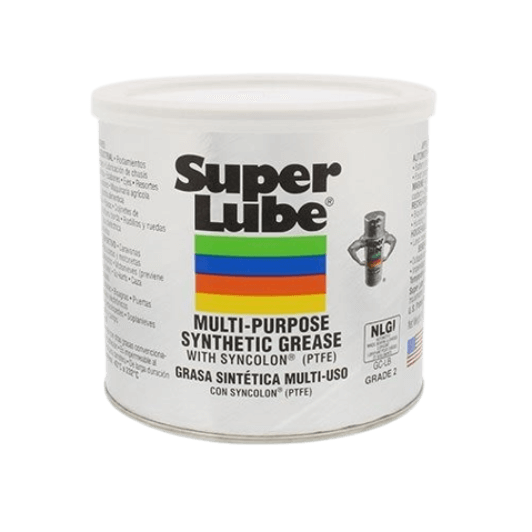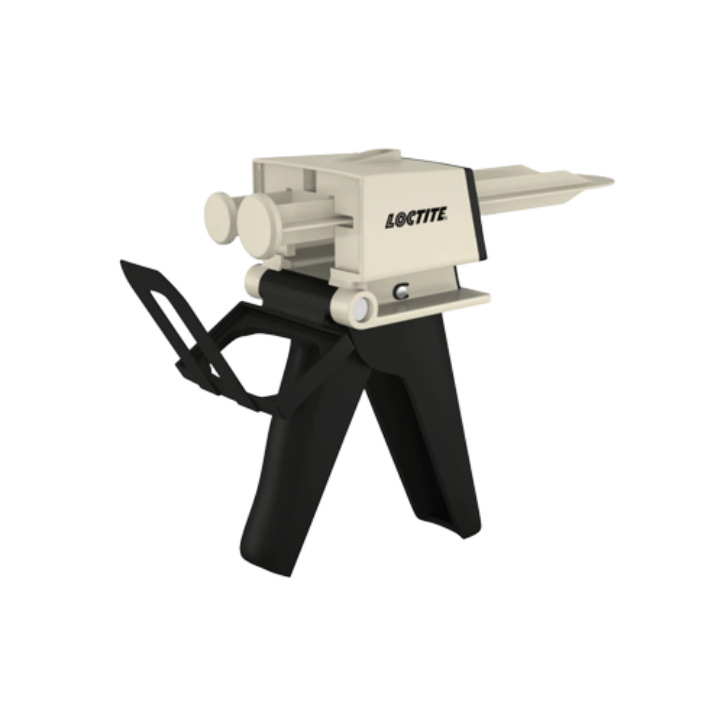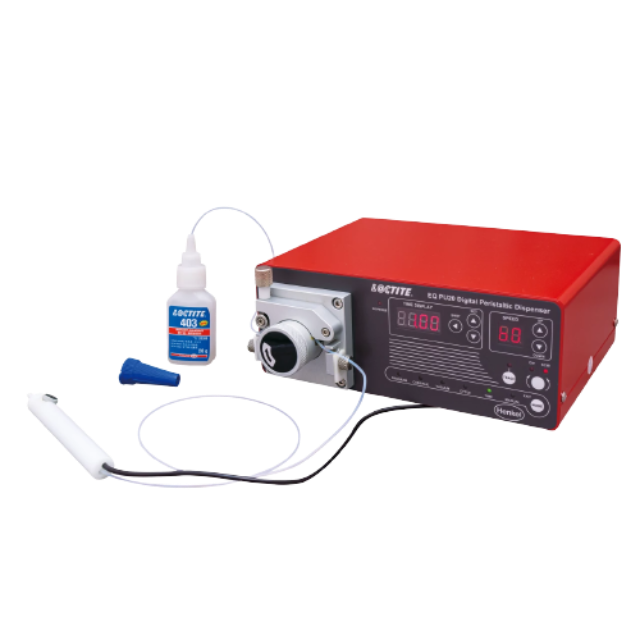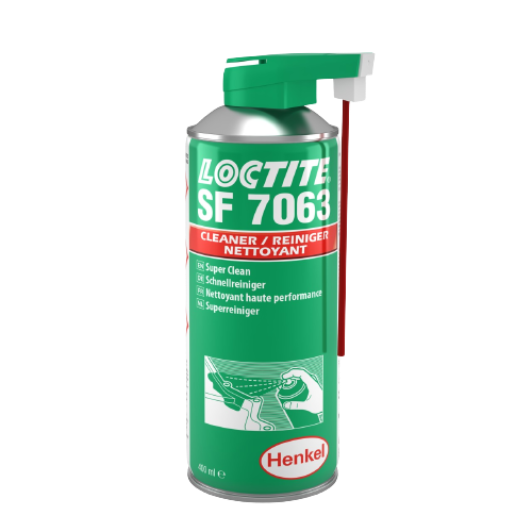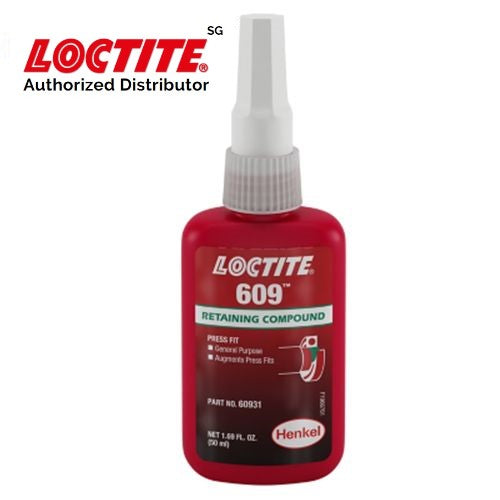
Loctite 609 Retaining Compound
Description
LOCTITE®
609 is designed for the bonding of cylindrical fitting
parts. The product cures when confined in the absence of air
between close fitting metal surfaces and prevents loosening
and leakage from shock and vibration. Typical applications
include rotor to shafts in fractional and subfractional
horsepower motors. Locks bushings and sleeves in housings
on shafts. Augments press fits.
LOCTITE®
609 is tested to the lot requirements of Military
Specification Mil-R-46082B. Note: This is a regional approval.
Please contact your local Technical Service Center for more
information and clarification
Each lot of adhesive produced in North America is tested to
the general requirements defined in paragraphs 5.1.1 and
5.1.2 and to the Detail Requirements defined in section 5.2.
The rate of cure will depend on the substrate used. The graph
below shows the shear strength developed with time on steel
pins and collars compared to different materials and tested
according to ISO 10123.
The rate of cure will depend on the bondline gap. The following
graph shows shear strength developed with time on steel pins
and collars at different controlled gaps and tested according to
ISO 10123.
The rate of cure will depend on the temperature. The graph
below shows the shear strength developed with time at
different temperatures on steel pins and collars and tested
according to ISO 10123.
Where cure speed is unacceptably long, or large gaps are
present, applying activator to the surface will improve cure
speed. The graph below shows the shear strength developed
with time on zinc dichromate steel pins and collars using
Activator 7471™ and 7649™ and tested according to ISO
10123.
This product is not recommended for use in pure oxygen
and/or oxygen rich systems and should not be selected as
a sealant for chlorine or other strong oxidizing materials.
For safe handling information on this product, consult the
Safety Data Sheet (SDS).
Where aqueous washing systems are used to clean the
surfaces before bonding, it is important to check for
compatibility of the washing solution with the adhesive. In
some cases these aqueous washes can affect the cure and
performance of the adhesive.
This product is not normally recommended for use on plastics
(particularly thermoplastic materials where stress cracking of
the plastic could result). Users are recommended to confirm
compatibility of the product with such substrates.
Optimal Storage: 8 °C to 21 °C. Storage below 8 °C or
greater than 28 °C can adversely affect product properties.
Read More
Read Less
Loctite 609 Low Viscosity Retaining Compound 50ml
- Shear Strength, Steel : 2300 psi
- Temperature : -65 - 300 °F
- Viscosity : 125 mPa.s (cP) Brookfield
- Key Substrates : Metal
- Color : Green
- Curing Type : Anaerobic
- Application : Retaining
LOCTITE 609 is a green, high strength methacrylate ester acrylic retaining compound designed for the bonding of cylindrical fitting parts. The product cures in the absence of air between close fitting metal surfaces. Typical applications include rotor to shafts in fractional and subfractional horsepower motors. Locks bushings and sleeves in housings on shafts. Augments press fits.
- Low viscosity
- Prevents loosening and leakage from shock and vibration
- Augments press fits
- Tested to the lot requirements of Military Specification Mil-R-46082B (this is a regional approval)
LOCTITE®
609 is designed for the bonding of cylindrical fitting
parts. The product cures when confined in the absence of air
between close fitting metal surfaces and prevents loosening
and leakage from shock and vibration. Typical applications
include rotor to shafts in fractional and subfractional
horsepower motors. Locks bushings and sleeves in housings
on shafts. Augments press fits.
Mil-R-46082B
LOCTITE®
609 is tested to the lot requirements of Military
Specification Mil-R-46082B. Note: This is a regional approval.
Please contact your local Technical Service Center for more
information and clarification
ASTM D5363
Each lot of adhesive produced in North America is tested to
the general requirements defined in paragraphs 5.1.1 and
5.1.2 and to the Detail Requirements defined in section 5.2.
TYPICAL CURING PERFORMANCE
Cure Speed vs. Substrate
The rate of cure will depend on the substrate used. The graph
below shows the shear strength developed with time on steel
pins and collars compared to different materials and tested
according to ISO 10123.
Cure Speed vs. Bond Gap
The rate of cure will depend on the bondline gap. The following
graph shows shear strength developed with time on steel pins
and collars at different controlled gaps and tested according to
ISO 10123.
Cure Speed vs. Temperature
The rate of cure will depend on the temperature. The graph
below shows the shear strength developed with time at
different temperatures on steel pins and collars and tested
according to ISO 10123.
Cure Speed vs. Activator
Where cure speed is unacceptably long, or large gaps are
present, applying activator to the surface will improve cure
speed. The graph below shows the shear strength developed
with time on zinc dichromate steel pins and collars using
Activator 7471™ and 7649™ and tested according to ISO
10123.
GENERAL INFORMATION
This product is not recommended for use in pure oxygen
and/or oxygen rich systems and should not be selected as
a sealant for chlorine or other strong oxidizing materials.
For safe handling information on this product, consult the
Safety Data Sheet (SDS).
Where aqueous washing systems are used to clean the
surfaces before bonding, it is important to check for
compatibility of the washing solution with the adhesive. In
some cases these aqueous washes can affect the cure and
performance of the adhesive.
This product is not normally recommended for use on plastics
(particularly thermoplastic materials where stress cracking of
the plastic could result). Users are recommended to confirm
compatibility of the product with such substrates.
Directions for use
For Assembly
- For best results, clean all surfaces (external and internal)
with a LOCTITE®
cleaning solvent and allow to dry. - If the material is an inactive metal or the cure speed is too
slow, spray with Activator 7471™ or 7649™ and allow to
dry. - Shake the product thoroughly before use.
- For Slip Fitted Assemblies, apply adhesive around the
leading edge of the pin and the inside of the collar and
use a rotating motion during assembly to ensure good
coverage. - For Press Fitted Assemblies, apply adhesive thoroughly
to both bond surfaces and assemble at high press on
rates. - For Shrink Fitted Assemblies the adhesive should be
coated onto the pin, the collar should then be heated to
create sufficient clearance for free assembly. - Parts should not be disturbed until sufficient handling
strength is achieved.
For Disassembly
- Apply localized heat to the assembly to approximately
250 °C. Disassemble while hot.
For Cleanup
- Cured product can be removed with a combination of
soaking in a Loctite solvent and mechanical abrasion
such as a wire brush.
Optimal Storage: 8 °C to 21 °C. Storage below 8 °C or
greater than 28 °C can adversely affect product properties.

Loctite 609 Retaining Compound
Sale price$0.00
Regular price (/)
Products dan Adhesive / Sealant
Categories
Loctite
Products Brand

